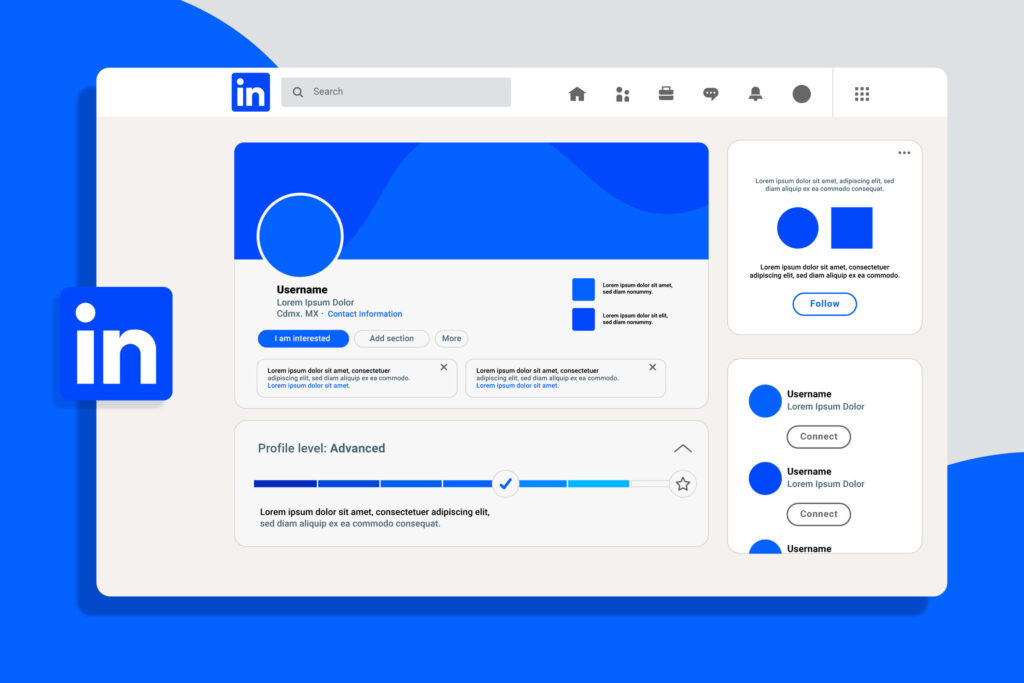In today’s tech landscape, the role of a front end developer has become increasingly vital as businesses strive to create engaging and user-friendly websites and applications. Front end developers are responsible for implementing visual elements that users interact with directly in their web browsers. This includes everything from the layout and design to interactive features that enhance user experience.
Key Skills a Front End Developer Possesses:
Front-end development typically involves a variety of programming languages, with HTML, CSS, and JavaScript being foundational. HTML structures the content on a webpage, CSS is used for styling and layout adjustments, while JavaScript adds interactivity by allowing dynamic content updates without requiring page reloads. Furthermore, frameworks such as React, Angular, or Vue. js have gained popularity in recent years as they streamline the development process and enable more efficient coding practices.
Responsibilities of a Front-End Developer:
The responsibilities of front end developers extend beyond mere coding; they must also collaborate closely with designers to ensure that their work aligns with visual specifications and provides an optimal user experience. This collaboration often requires a solid understanding of user interface (UI) design principles along with an awareness of usability best practices. In addition to technical skills, front end developers need to stay abreast of emerging trends in web development technologies—such as responsive design techniques—to ensure that websites function seamlessly across all devices and screen sizes.
As mobile usage continues to rise globally, creating adaptable designs has become essential for reaching wider audiences. Moreover, front end developers frequently participate in testing processes to identify issues before deployment. They utilize various tools for debugging code and optimizing performance metrics like loading times or responsiveness—a crucial aspect given how these factors impact overall user satisfaction. As organizations recognize the importance of strong digital presence in today’s competitive market environment, skilled front end developers will remain integral members within software development teams—bridging gaps between aesthetic appeal and functional efficiency across diverse platforms.
Key Skills to Look for in a Front End Developer
When hiring a front-end developer, it’s essential to assess a range of key skills that ensure they can effectively create engaging and user-friendly web applications.

- First and foremost, proficiency in HTML, CSS, and JavaScript is non-negotiable. These foundational languages are the building blocks of web development, enabling developers to structure content, style pages, and add interactivity.
- Responsive design is another critical skill. A front-end developer must be adept at creating layouts that adapt seamlessly across various devices and screen sizes. This ensures an optimal user experience regardless of how users access the website.
- Familiarity with modern frameworks such as React, Angular, or Vue.js can greatly enhance a developer’s ability to build complex applications efficiently. These frameworks provide robust tools for structuring code and managing state, making it easier to develop scalable projects.
- Version control systems like Git are vital for collaborating within teams and tracking changes in code over time. A solid understanding of Git allows developers to manage their workflow effectively while minimizing conflicts during collaborative efforts.
- Lastly, performance optimization skills are crucial for ensuring that web applications load quickly and run smoothly. This includes techniques such as minimizing file sizes, optimizing images, and leveraging caching strategies to enhance overall performance.
By focusing on these key skills—HTML, CSS, JavaScript proficiency; responsive design; familiarity with frameworks; version control expertise; and performance optimization—employers can identify front-end developers who will contribute significantly to their projects’ success.
Evaluating Portfolio and Previous Work Experience Effectively
When evaluating a developer’s portfolio and previous work experience, it’s essential to adopt a structured approach that highlights their skills and contributions. A thorough developer portfolio review should begin with a careful examination of the project showcase. Look for diversity in projects that demonstrate not only technical proficiency but also problem-solving abilities and creativity.
- Pay particular attention to the details of each project: What technologies were used? What was the developer’s specific role? Did they lead the project or contribute as part of a team? This information can offer valuable insights into their capabilities and collaborative skills.
- Additionally, contributions to open source projects can serve as a strong indicator of a developer’s commitment to continuous learning and community involvement. These contributions often reflect real-world coding practices, teamwork, and an ability to adapt to evolving technologies.
Finally, consider the relevance of their work experience in relation to your specific needs. Experience in similar industries or with comparable technologies can significantly enhance their suitability for your projects. By taking these factors into account during your evaluation process, you can make informed decisions about potential candidates who will best meet your development requirements.
The Role of Technical Assessments and Coding Challenges in the Hiring Process
In today’s competitive job market, technical assessments and coding challenges play a crucial role in the hiring process, especially for front end developers. These coding tests are designed to evaluate a candidate’s programming skills, problem-solving abilities, and understanding of front-end technologies such as HTML, CSS, and JavaScript.
To ensure a fair and effective evaluation, it’s essential to follow technical interviews best practices. This includes clearly defining the skills required for the position and tailoring coding challenges to reflect real-world scenarios that candidates may encounter on the job. Additionally, providing candidates with clear instructions and sufficient time to complete these assessments can lead to more accurate representations of their capabilities.
There are various assessment tools and platforms available that facilitate this process by offering pre-built coding tests or customizable options tailored to specific roles. By leveraging these tools, employers can streamline their hiring processes while ensuring they select candidates who not only possess the necessary technical skills but also fit well within their teams.
Conclusion: Streamlining Your Recruitment Process to Find Exceptional Front End Developers
In conclusion, streamlining your recruitment process is essential for finding exceptional front end developers who can elevate your projects and contribute to your team’s success. By implementing a structured approach that includes clearly defined job descriptions, targeted sourcing strategies, and effective screening techniques, you can attract the right talent more efficiently. Utilizing modern recruitment tools and technologies can further enhance your process by automating repetitive tasks and providing valuable insights into candidate performance.






